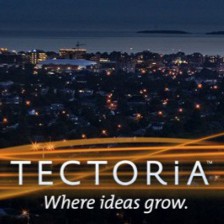 The broad scope of technology in Victoria is going to be showcased by an exciting event called Experience Tectoria, organized by VIATeC, that takes place from September 13 to 16.
The broad scope of technology in Victoria is going to be showcased by an exciting event called Experience Tectoria, organized by VIATeC, that takes place from September 13 to 16.
Folks involved in the Victoria technology scene are being joined by experts and gurus from out of town for a series of seminars, workshops and events that include tours and music. It’s not going to be all tech talk as the booking of comedian/entertainer Reggie Watts (pictured) shows.
Technologists, start-ups, established firms, venture capitalists, M&A firms, angel investors and tech bloggers and journalists will be present. Here is the line-up of speakers, which includes Hootesuite, Q5, Telus, Acetech, Terapeak, ChatterBlock and Nokia. Here is the schedule of events.






Follow Us!